Data acquisition and communication under the soil using a wireless solution
In order to help farmers increase crop productivity, IoT is largely employed in agriculture for field parameter monitoring and automation. The main aspects to take into account while implementing a real-time IoT network are long-range and low-power devices, ease of installation, and cost-efficiency.

In order to achieve an improved and more environmentally sustainable agriculture, our research's ultimate goal is to gather, monitor, and efficiently use important data for agricultural processes. We have chosen LoRa as the communication interface for this study in order to track variables that affect plant growth in subsurface soil, like pH, EC (Electrical Conductivity), temperature, and many more. By observing the characteristics of the soil at various locations around a farm, we may predict the best times for sowing and harvesting, or we can detect temperature changes and regulate ventilation and irrigation.
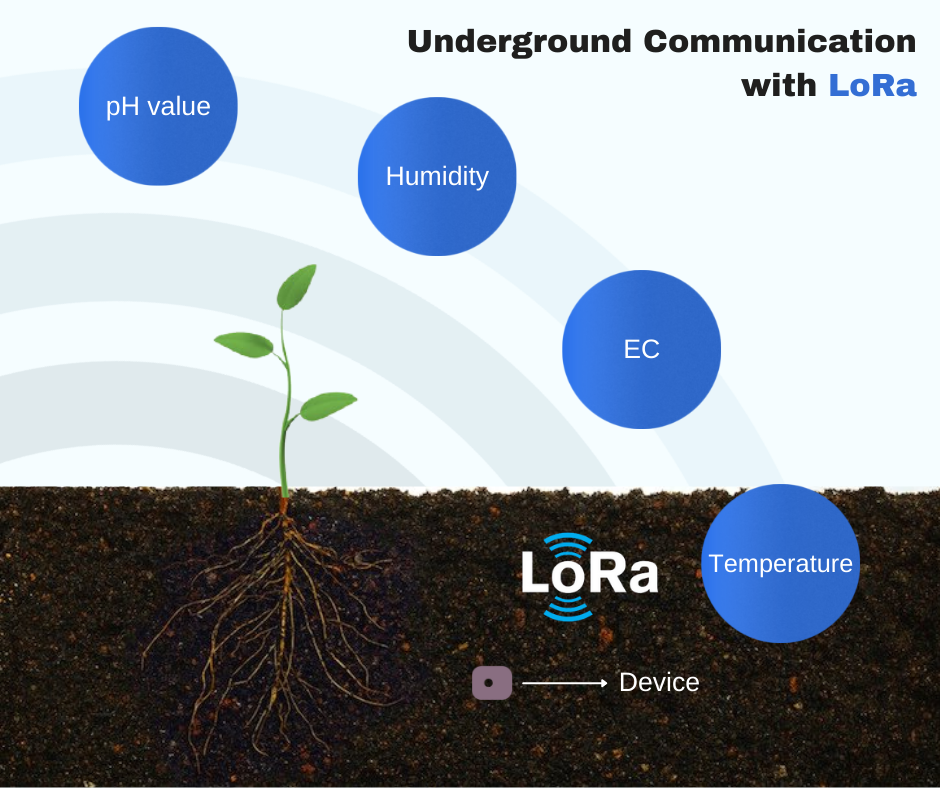
With a maximum data transfer rate of 300kbps and characteristics like reduced cost, greater range, high penetrating power, and ultra-low power consumption, LoRa proved to be the perfect solution for our monitoring needs in an underground system.
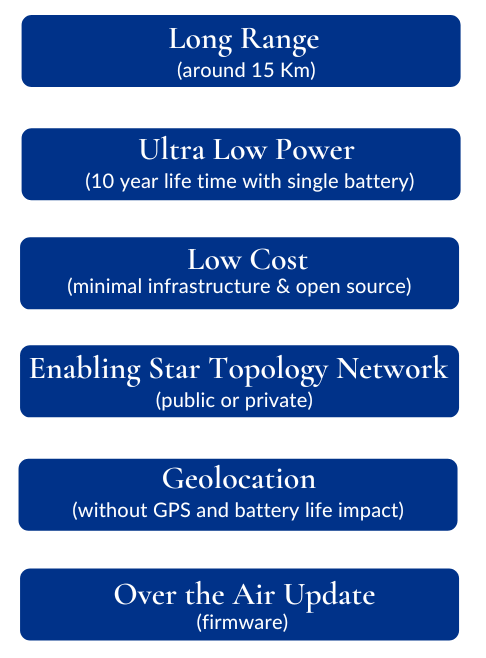
Additionally, LoRa is a wireless technology that offers secure data transmission for M2M and IoT applications. Through the use of LoRa, sensors, gateways, devices, tools, living things, humans, and other things can all be wirelessly connected to the cloud.
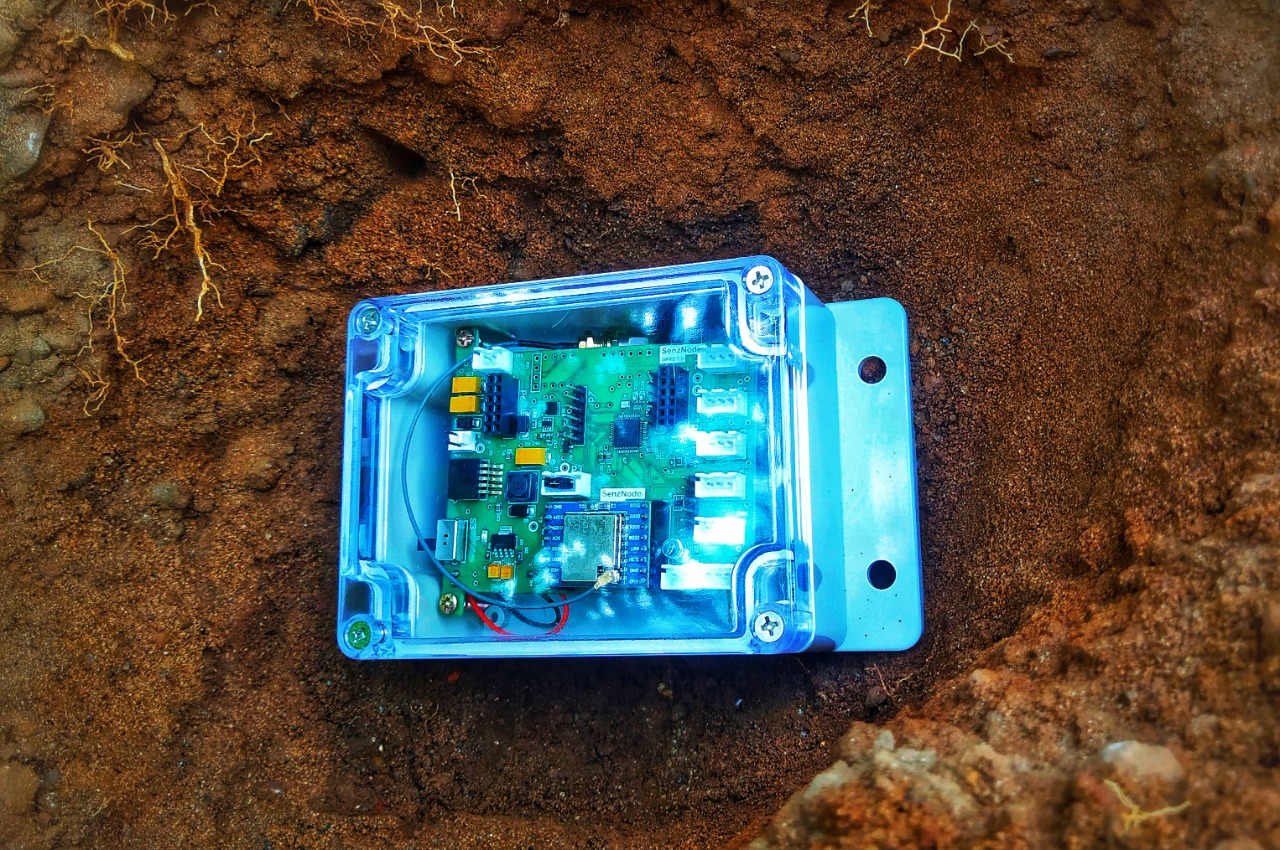
Numerous industries, including agriculture, smart cities, houses and buildings, communities, metering, supply chain and logistics, and others have numerous applications for LoRa devices. The cost and adaptability of LoRa technologies are rising when compared to other current technologies. In order to cut costs, the quality of the materials and internal components has also been decreased.
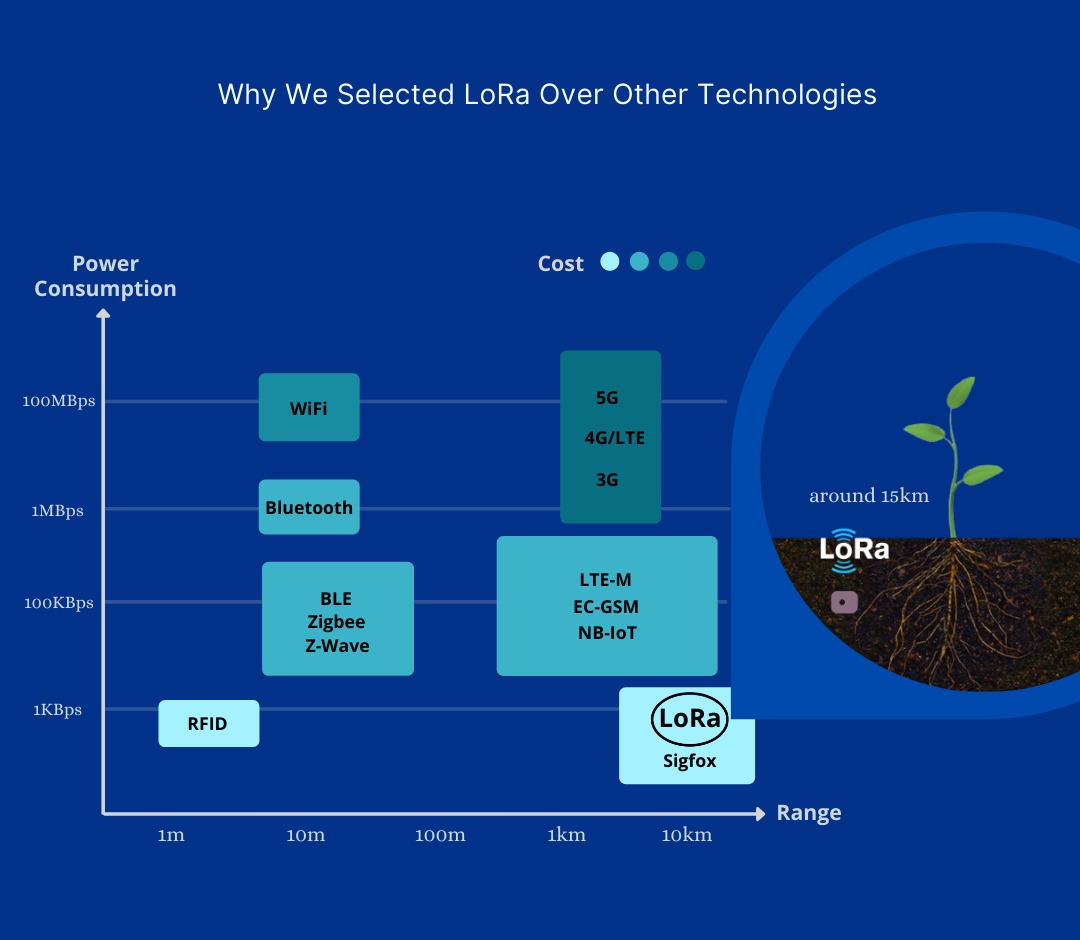
Numerous industries, including agriculture, smart cities, houses and buildings, communities, metering, supply chain and logistics, and others have numerous applications for LoRa devices. The cost and adaptability of LoRa technologies are rising when compared to other current technologies. In order to cut costs, the quality of the materials and internal components has also been decreased.
The popular short-range radio technologies (like ZigBee and Bluetooth) are not designed for long-range transmission requirements. Cellular-based solutions (such 2G, 3G, and 4G) can offer more coverage, but they also use a lot of device energy. As a result, low power wide area network (LPWAN), a new wireless communication technology, has emerged in response to the needs of IoT applications.The three top LPWAN technologies that compete for widespread IoT implementation are Sigfox, LoRa, and NB-IoT.
Undoubtedly, LoRa wireless technology will have a big impact on the Internet of Things. linking devices to create smart city, industrial, commercial, and agricultural solutions while getting beyond the drawbacks of traditional wireless technologies, like power and other expenditures.
Other Blogs

2024-04-19
Cultivating Tomorrow: Nurturing Agribusiness Innovation for Sustainable Growth
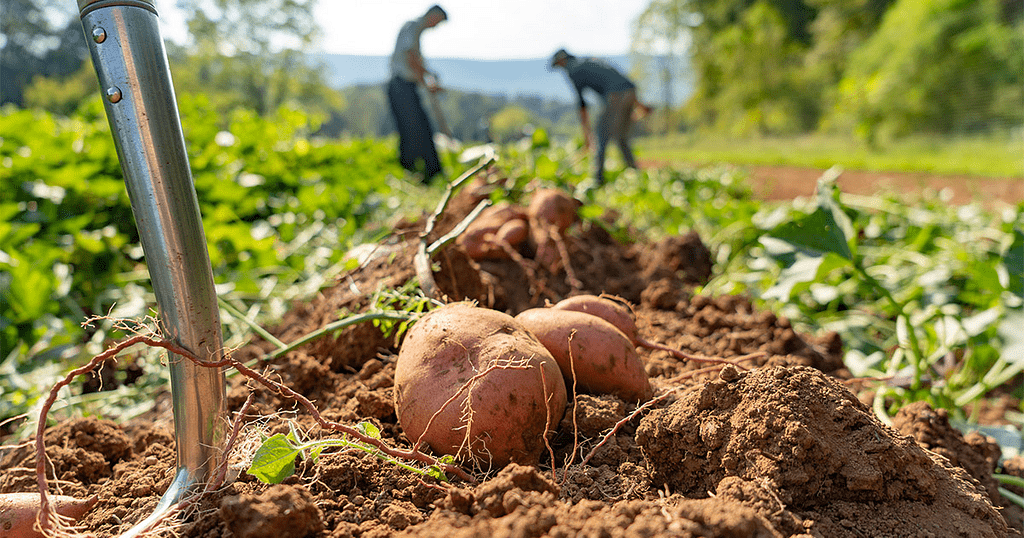
2022-08-06
Promoting Digital Agriculture Technologies among rural farmers in Ecuador
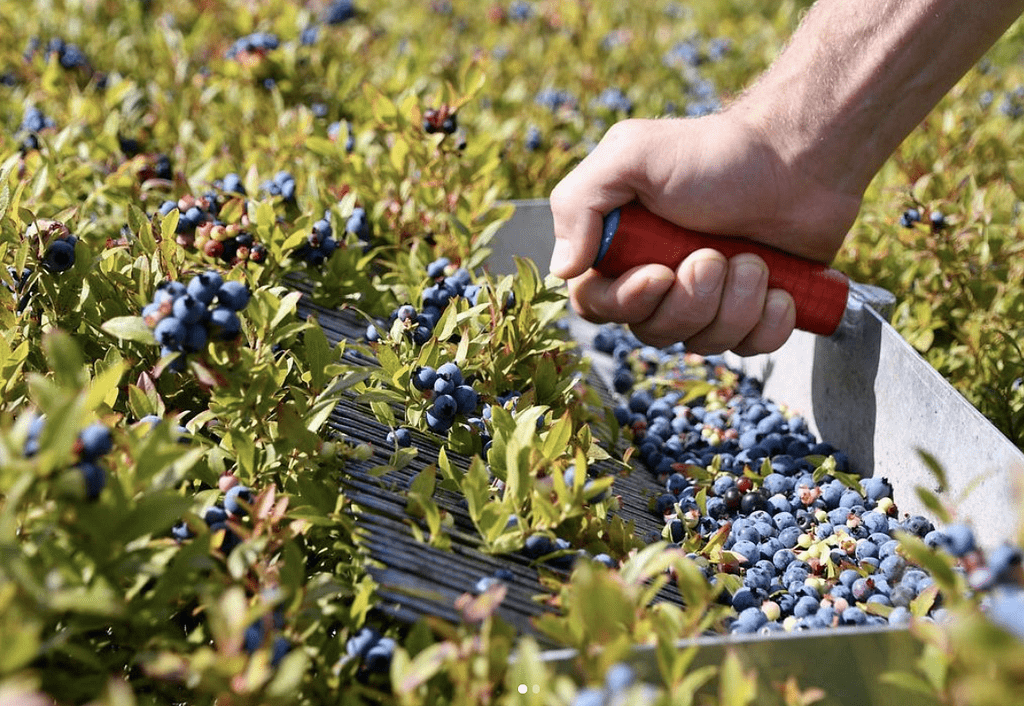
2022-08-06
SenzAgro’s Precision Agriculture Technologies in Japan Blueberry Farming
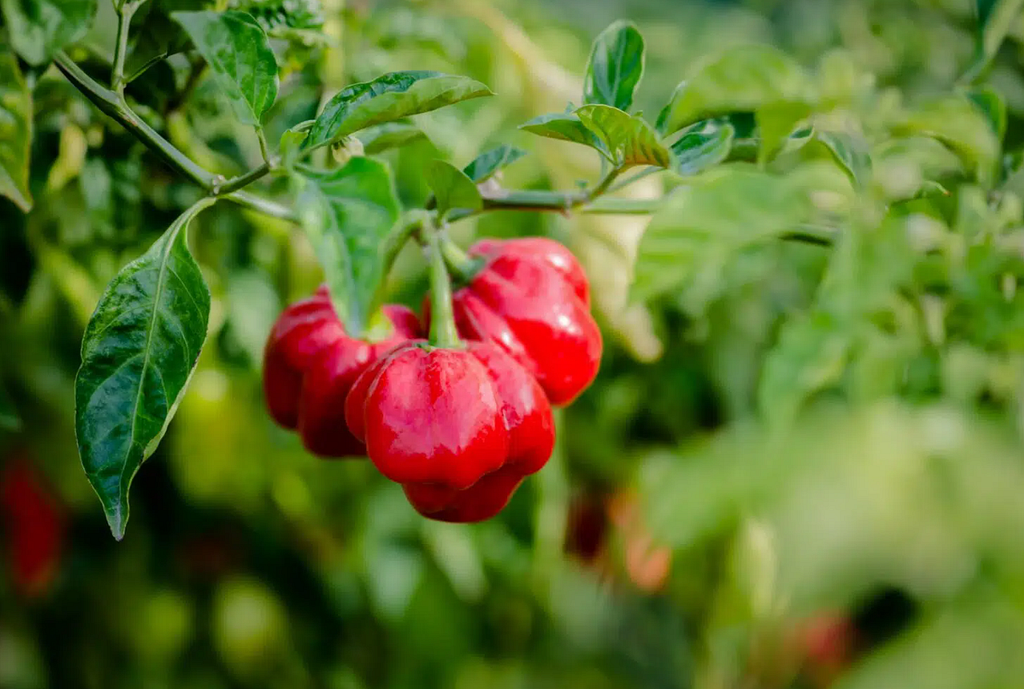
2022-08-06
Maintaining the Optimum Growing Environment for Scotch Bonnet with SenzAgro’s Technologies

2022-08-06
Disease Prediction in Cinnamon Cultivation with SenzAgro’s Agricore Intelligence Platform

2023-08-07
Importance of Irrigation management in the production of coconuts and toddies

2023-08-07
Utilize IoT technologies to enhance the tea manufacturing process' quality
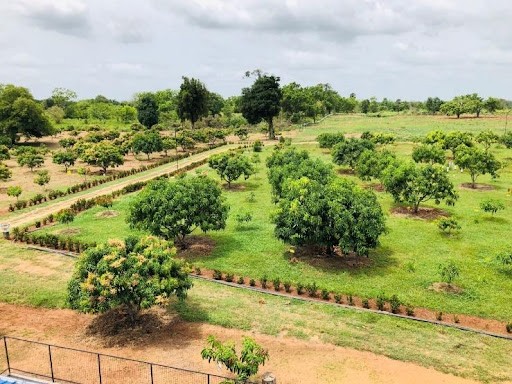
2023-08-07
SenzAgro-Case Study will help you increase your mango yield
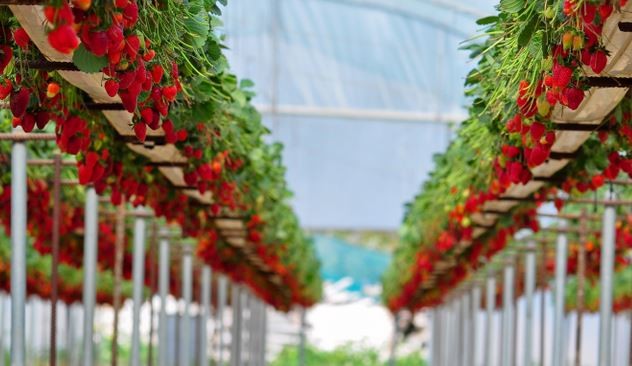
2023-08-07
SenzAgro Technology's Strawberry Cultivation Case Study Might Help You Get Started
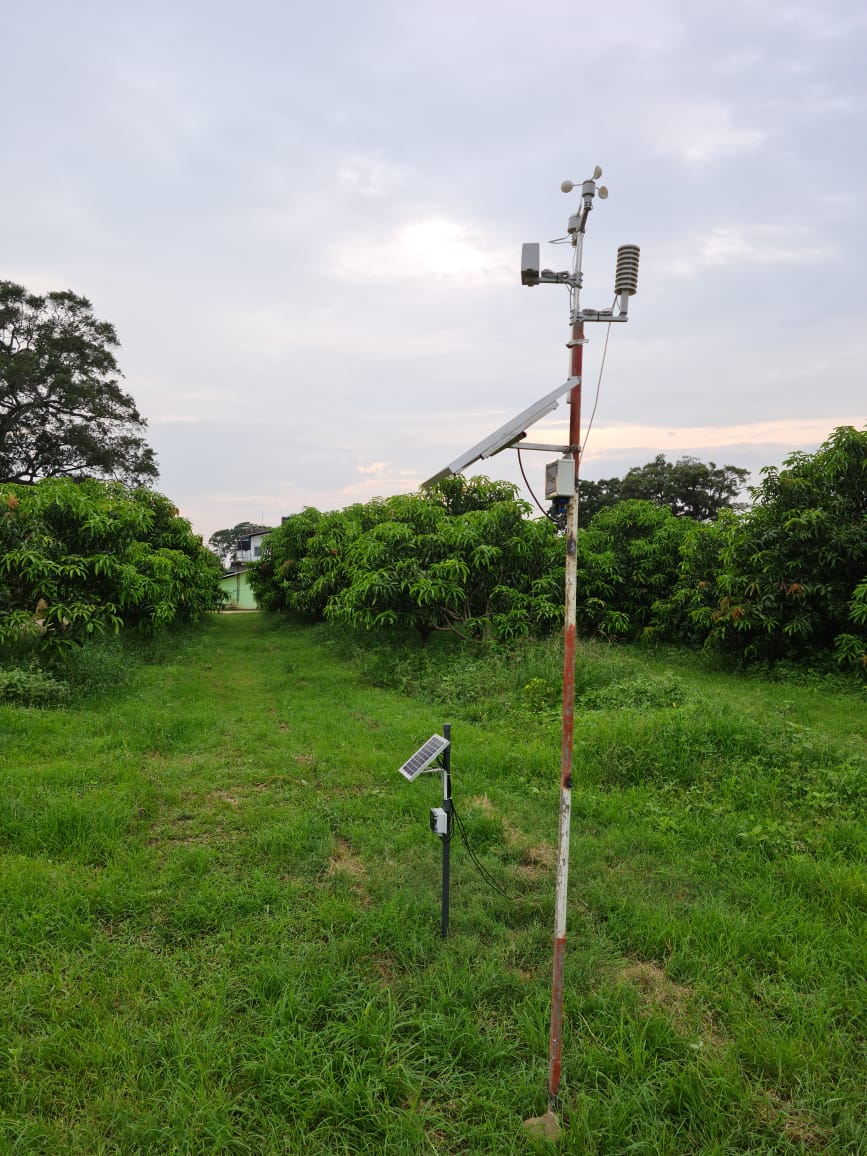
2023-08-07
Does changing weather pose a threat to agriculture? NO LONGER!
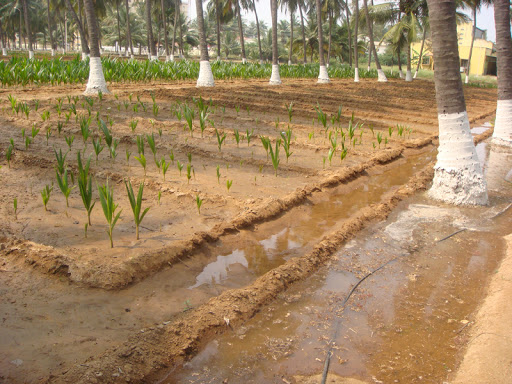
2023-08-07
Techniques for smart farming and automated irrigation to improve coconut/palm cultivation.
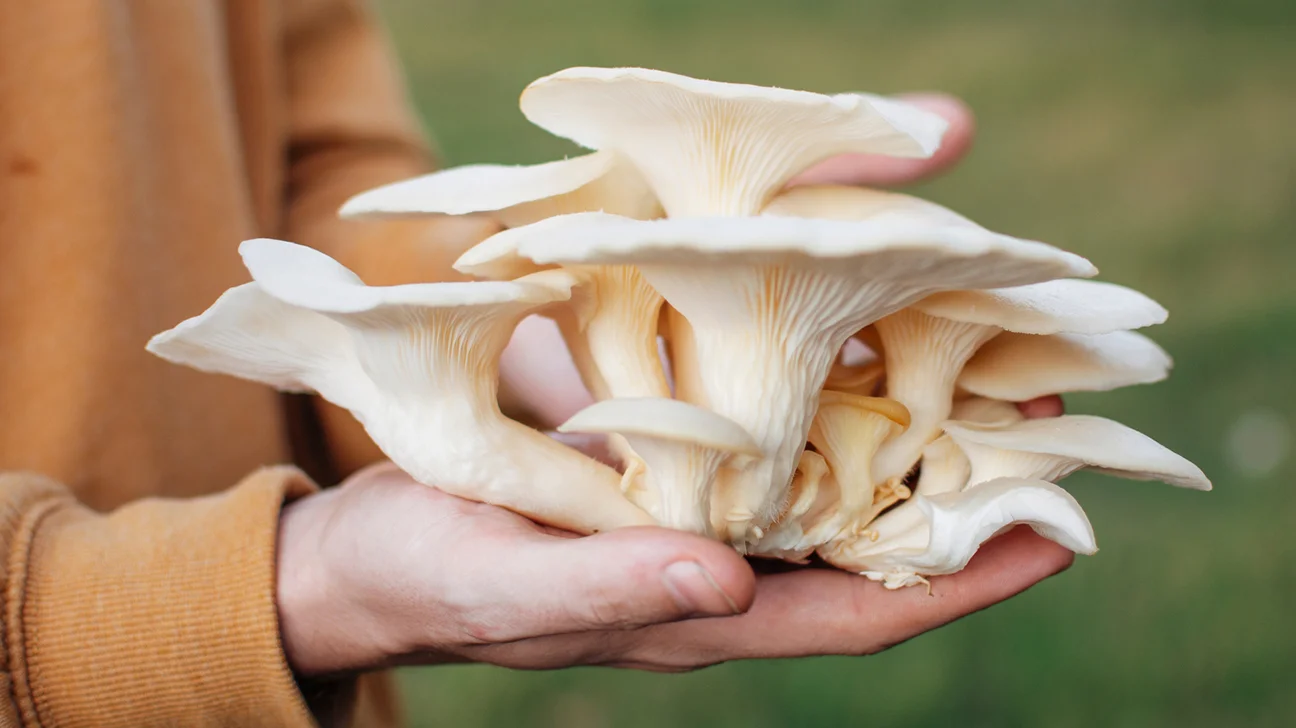
2023-08-07
Technology for oyster mushroom agriculture to get the best yield.

2023-08-07
